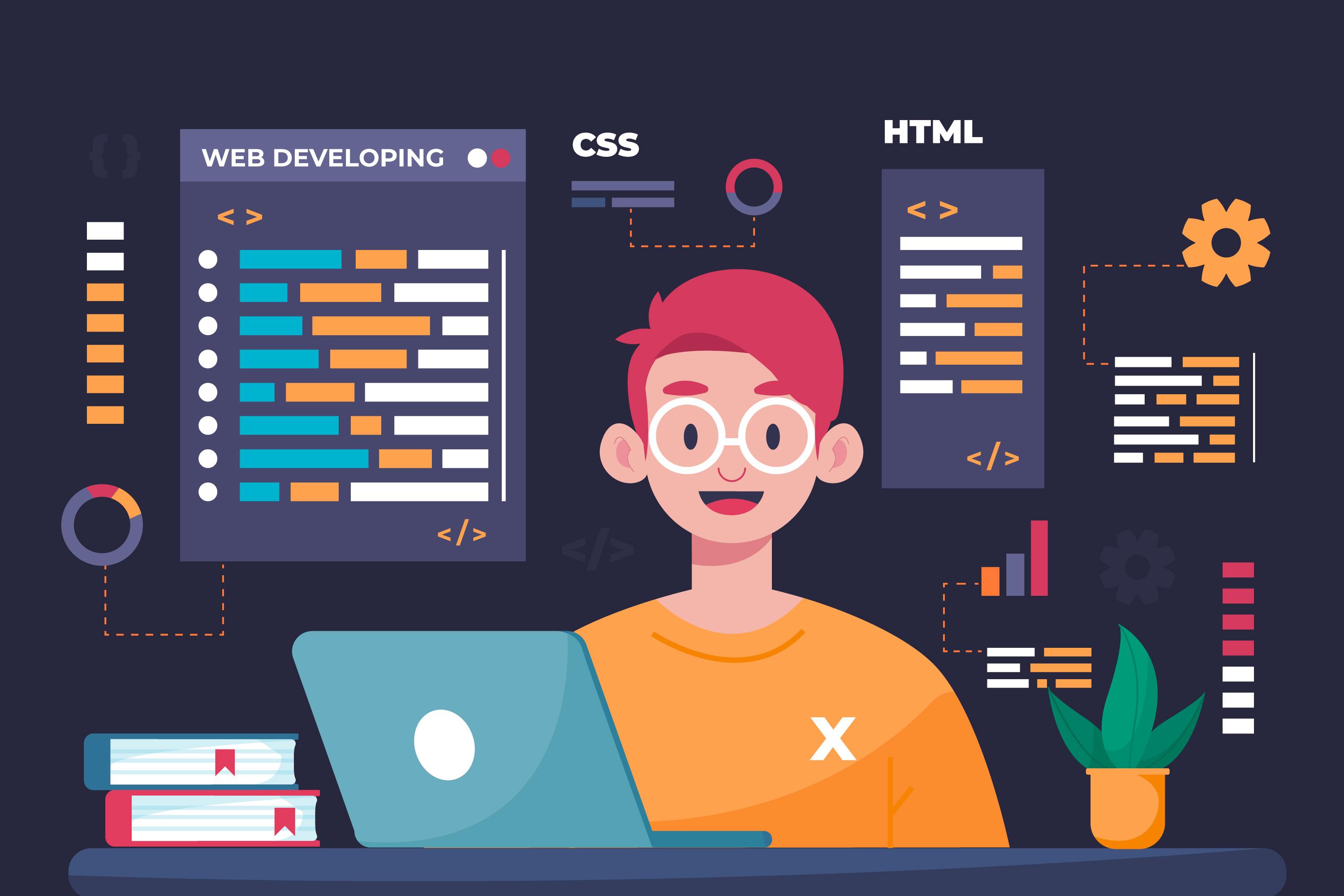Finding the Perfect Software Development Partner for Innovative Solutions
Finding the Perfect Software Development Partner for Innovative Solutions
Blog Article
Committed Developers vs. In-House Teams: Which Is Right for You?
The choice in between making use of committed developers and keeping an in-house group is a significant one that can impact the trajectory of your projects and total organization method. Dedicated developers offer a level of versatility and customized know-how that can be useful for details, short-term efforts. On the other hand, internal groups add to a natural firm society and a nuanced understanding of lasting objectives. By analyzing important aspects such as spending plan, task extent, and wanted control, you can much better figure out which strategy straightens with your business demands. The ramifications of this option prolong beyond immediate end results-- take into consideration the more comprehensive effect on your company landscape.
Comprehending Dedicated Programmers
The growing need for specialized abilities in the tech sector has brought about the introduction of devoted programmers as a feasible service for several organizations. These specialists are normally gotten on a project basis, permitting companies to take advantage of specific expertise without the long-lasting dedication connected with full-time hires. Devoted developers are usually embedded within a customer's team, supplying flexibility and scalability to satisfy task demands.
This version allows companies to access a global talent swimming pool, which is specifically beneficial in a swiftly evolving technological landscape. Devoted programmers can be sourced from various geographical places, making certain that companies can discover the ideal ability at competitive rates. They commonly bring a wealth of experience and knowledge, having worked on diverse jobs throughout various sectors.
Moreover, devoted designers can concentrate specifically on the jobs at hand, boosting performance and effectiveness. They are outfitted to incorporate seamlessly into existing workflows, working together very closely with in-house teams to accomplish job goals. This technique not just minimizes the worry of employment and training however likewise enables organizations to remain nimble, adapting quickly to changing market needs and technical innovations.
Benefits of In-House Teams

Moreover, internal teams tend to have a much deeper understanding of the firm's objective, worths, and goals. This positioning can enhance worker involvement and motivation, as group participants feel extra connected to their job and the company's success. Additionally, having a specialized internal team enables for far better alignment of objectives and methods, as these participants are consistently focused on the business's top priorities.
Internal groups also help with quicker decision-making processes, as they can react extra rapidly to adjustments and difficulties. The well-known relationships and familiarity with company procedures enable streamlined process and minimized miscommunication. Inevitably, the mix of a natural society, placement with business objectives, and reliable interaction makes internal groups a useful property for several companies, specifically those aiming to grow long-lasting growth and advancement.
Expense Considerations
When examining expense considerations, both dedicated designers and in-house groups existing distinctive monetary ramifications for organizations. Involving committed designers normally includes a pay-per-project or hourly price design, which can be affordable for companies with fluctuating task needs. This strategy permits versatility in scaling resources up or down, making certain that firms only spend for the solutions they need.
In contrast, in-house teams require taken care of costs, consisting of incomes, advantages, and overhead expenditures such as office room and devices. While this model supplies higher control and prompt accessibility of resources, it might lead to greater long-term costs, particularly if the work does not justify a permanent staff.
Moreover, business must consider the concealed prices related to recruitment and training of internal staff members, which can further strain spending plans. In some cases, the time and resources invested on taking care of an in-house team can detract from the organization's core service purposes.

Task Monitoring and Versatility
Job management and versatility are crucial variables that influence the selection between committed designers and internal teams. Dedicated teams often have actually developed processes for handling tasks efficiently, leveraging details approaches like Agile or Scrum, which promote iterative development and flexibility.

Eventually, the choice in between in-house teams and committed designers hinges on the wanted degree of flexibility and the details job management needs. Business must examine their operational characteristics, project intricacy, and resource schedule to identify which option lines up best with their visit here calculated objectives.
Making the Right Selection
Picking the best advancement approach-- internal groups or devoted programmers-- requires a cautious assessment of different factors that line up with a company's calculated objectives. dedicated development team. Initially, consider the nature of the job. If it requires specialized abilities or a fast scale-up, dedicated designers might be better. On the other hand, internal groups can provide better continuity and combination with existing employees.
Next, assess your budget plan. Devoted designers usually offer an affordable service for short-term projects, while in-house teams might sustain greater long-lasting costs because of salaries, benefits, and expenses prices. Examine the degree of control and partnership preferred; internal teams usually promote stronger interaction and placement with business culture.
If prompt results are needed, dedicated designers can be onboarded rapidly, whereas developing an internal team takes time for recruitment and training. If continual development is crucial, spending in an in-house team might produce better returns over time.
Conclusion
Finally, click to find out more the decision between specialized programmers and internal groups rests on job demands and business purposes. Committed programmers give adaptability and specialized proficiency, making them suitable for short-term initiatives. Conversely, in-house groups grow a natural society and much deeper placement with long-lasting objectives. Mindful assessment of budget plan restrictions, job timelines, and desired control levels is important for identifying the most appropriate method, ensuring alignment with strategic top priorities and functional efficiency.
The choice between making use of devoted developers and keeping an in-house group is a considerable one that can affect the trajectory of your tasks and general business method.Project monitoring and versatility are critical variables that influence the selection between committed designers and internal teams. software development partner.In comparison, in-house groups might excel in maintaining a regular task administration framework due to their familiarity with the company's society and lasting goals. Devoted programmers commonly present an economical remedy for short-term jobs, while internal groups may incur greater lasting expenses due to salaries, benefits, and overhead expenses.In verdict, the readymade ecommerce website decision between in-house teams and devoted designers pivots on task requirements and organizational purposes
Report this page